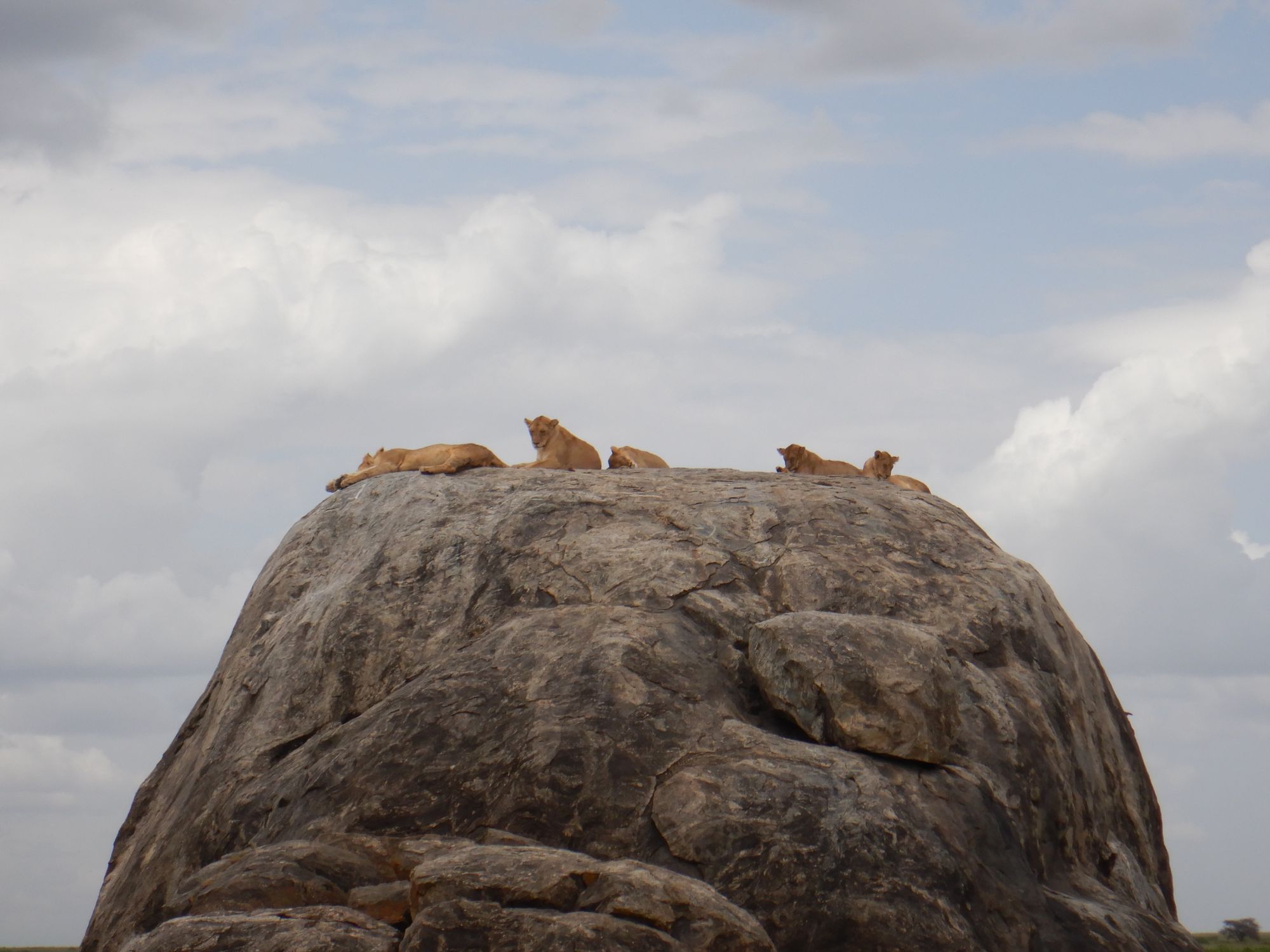
Tips and tricks for how to pack for the Big Trip of a Lifetime
The big, square, black and blue flags are displayed in regular intervals along the road. At first, they look like semaphore flags, but they announce something very different.
This is tsetse fly country, they shout. DO NOT WEAR BLACK OR DARK BLUE.
In someone's terrible idea of an employee uniforms, I watched a local Tanzanian man suffer horribly in an open Land Cruiser while the lot of us, having just been picked up for ride out to the storied Selous wildlife area, because his company required that he wear a dark blue cotton outfit.
What on earth were they thinking? The flies swarmed the man. They don't bite, they drill. And boy does that hurt. They can drill through thick socks, thick material. They do respond to some if not most repellents, but this poor man didn't have any.
I'm sure you get my drift. How you dress matters in this massive continent. Your choice of colors and fabrics in this part of the world can mean misery or delight, so this article will address that along with the best times of year to show up, at least in East Africa.
So let's get to it.
First, let's talk about the seasons. Traditionally, April and May as well as November (April and May ARE October and December here for those of us north of the equator) and of course, our November is their May. Typically these are the rainy months. That of course has changed considerably, but the tourist season will be slow to respond to that. November sees some rains but nowhere near the kinds of steady downpours you might (emphasis on MIGHT) see in their fall.
That said. Most folks load up and come on down in the traditional vacay months of June through September abnd October is also busy. Right now, Ben Jennings of eTrip Africa is booked solid for the remainder of this high season with only November giving him any kind of break.
Yesterday as we spent the day unpacking and sorting through a big shipment of tents from Italy for his climbing business, one incredibly persistent man emailed, texted, SMSd, called, and effectively behaved like an annoying tsetse fly demanding a quote.
With the patience of a man long accustomed to bad manners tsetse flies, Ben repeatedly, patiently told him over and over that he was simply booked out. Only so many guides, so many vehicles. That very thing happened to me on May 30th when I came back from the Serengeti with a bitch of a cold. Those three days down pushed me into June and high season, and everyone was out and booked to the gills.
I happen to like being here when it's less touristy, and I don't mind the rain. However, the roads out in the bush can and do turn into bogs, and you can spend an entire day trying to drive a few miles, if not trying to extricate yourself from said bogs. That's the chance you take. The other side of that is maneuvering around endless vehicles full of tourists taking photos of one poor, beleaguered lion.
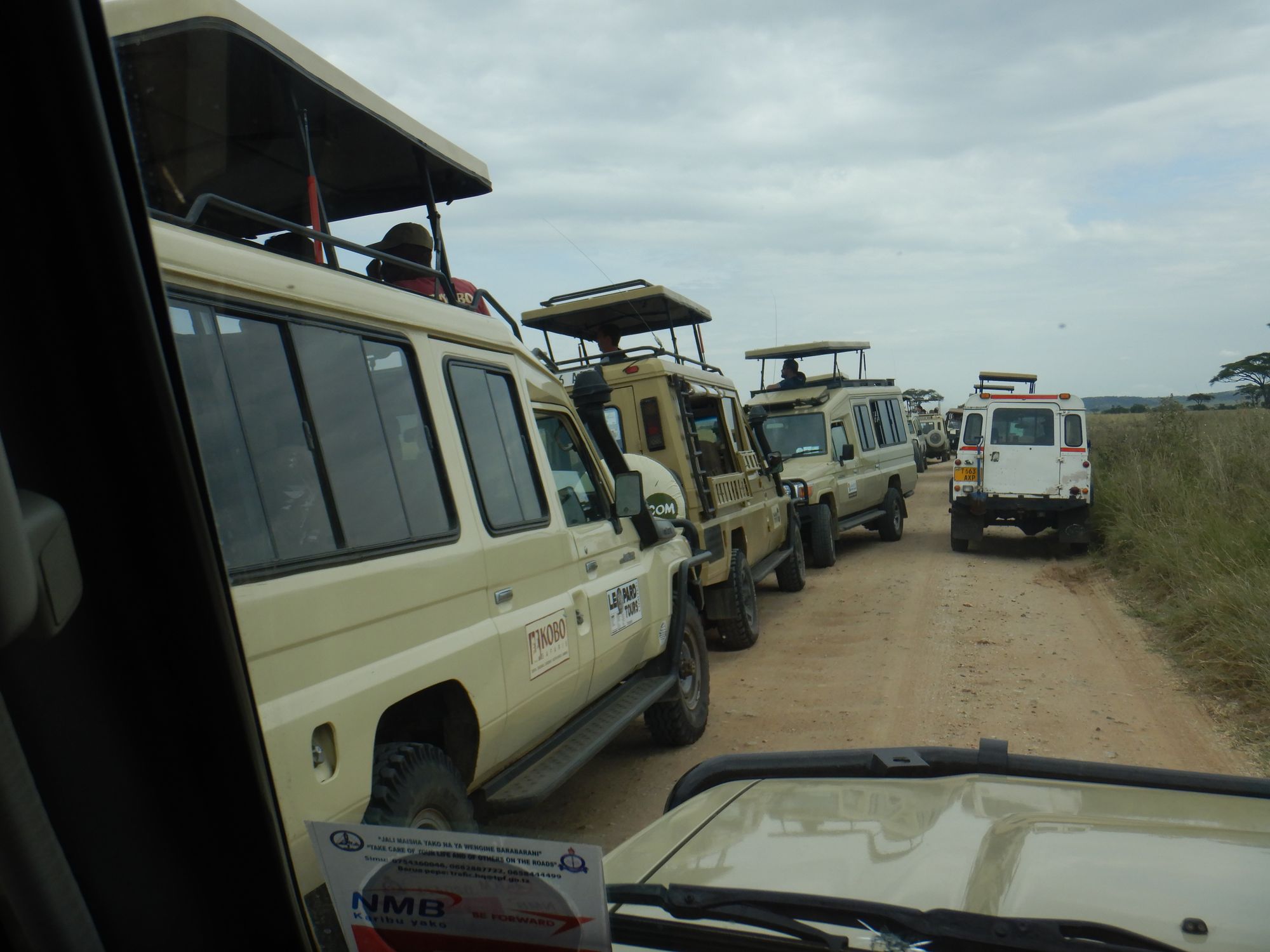
So, at least for Tanzania, rainy season brings you fewer crowds, more rain, limited mobility in the bush. However, if you head out in June or July, which is full winter here, it's like Macy's at Christmas.
Keep in mind here that I am addressing Tanzania and Kenya. It's a BIG continent and each country will have slightly different seasons.
Okay.
Okay. So whaddya gonna wear?
Let's disregard a packing list for a Big Bush Adventure such as climbing Kilimanjaro, for that is another article entirely, and much has been written about it. We're going to address what you might need for a more sedate bush visit.
Let's start top down. YOU NEED HATS. You can't begin to understand the sun here, unless you come from Australia. Aussies understand the sun. So start with a damned good hat that allows airflow, preferably one with a chin strap because, well, winds, and anyway if you're standing up in your vehicle it will indeed be windy if your driver is following a moving mammal.
Or a black mamba, but in that case I sure as hell wouldn't be near any open spaces.
My hats of choice are Tilley (a Canadian firm), which are popular for good reason. They fit well, they have waterproof versions, and they have chin straps which can be fitted to tighten across your forehead. That has saved me from losing that hat a number of times. Besides, if someone gets lightfingered, and someone did, if you can produce your receipt you get the replacement at half-off. I did that, too, and bought four more just because.
I probably don't need to mention seriously strong SPF and bug stuff but will anyway, for any and all exposed skin.
Clothing: your clothing needs to be shades which fit into the bush. Dusky tan, khaki, olive, all those tones which allow you to blend in. Please do NOT wear the bright fashionable colors so popular in the mountains of home. They announce your presence in ways that kindly, don't serve you, and they shriek ROOKIE.
I am a huge fan of Columbia men's fishing shirts which are uber-light, made with these weird open panels on the back to allow airflow, and have multiple pockets and all manner of nifty velcro bits for flies on the front. Call me batty, but not only do these idiot manufacturers not make such shirts for women. The features, like pockets with ZIPPERS thank you, prevent you from losing your passport and your knife or whatever you regularly use from landing in the dust and forever staying in the Serengeti. I shop the men's stuff, including pants, because, POCKETS.
A great many manufacturers make similar shirts, and some all already impregnated with bug juice. Fine. Just please, NO COTTON. You can be in extreme heat and all sweaty one moment, and the next, a storm rolls in and DAMN, you're wet. Then, hyopthermia. Cotton can kill in such circumstances. Get fast-dry, wicking material and/or wool. Besides, you can hand-wash these tops, wring and hang, and within a few hours they are dry as wheat in August.
To wool: I am a massive fan of Icebreaker, Smartwool and Lasting products. On this trip I brought four, two pullovers for cool and cold, and a long-sleeved super thin top for sleeping and layering and a light wool t-shirt. All of them can be worn for weeks without stinking. This wool is superfine merino and the ultra light stuff works on hot days. Believe it or not, it does. This is twelve years of adventure travel speaking here. That one day you get wet, and worry, then realize that your fine merino is still keeping you warm?
That's when you realize Edmund Hillary was no fool when he wore woolen suits on Everest, and those who live in high country raise and shear sheep for damned good reason.
I sleep in the superlight shirts, and but for the very fine wool, this stuff is very hardy.
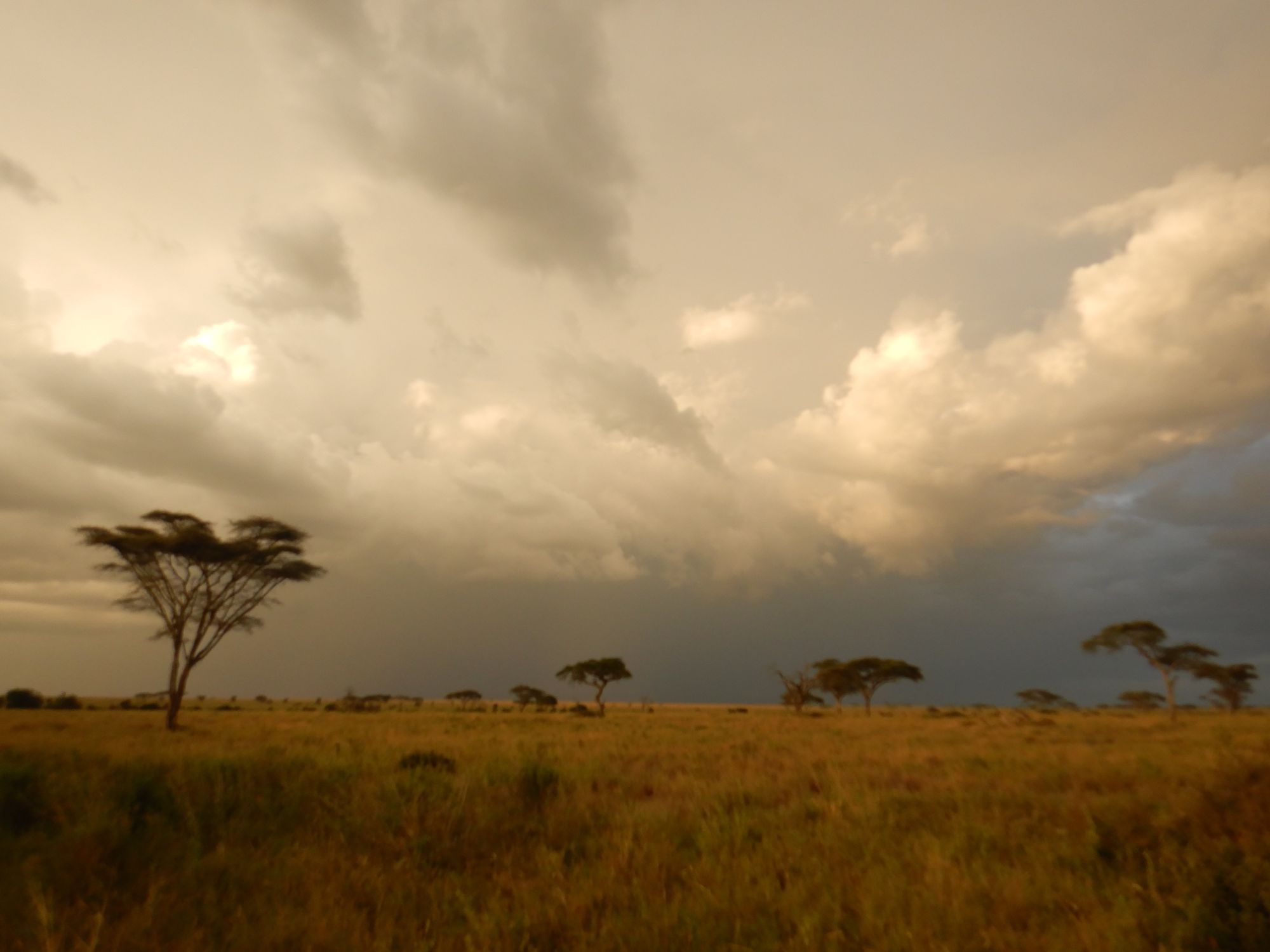
Pants: same deal here. Same colors. I love zip-off pants for the option of cooling off in the sun. And I am a major fan of those folks who make pants with generous, zippered pockets where I can stash phone, camera, granola parts, handsome men, the occasional small mammal and a spare tire for the Toyota.
Brands I LOVE: Kuhl, Oregon Research (I have three pairs of theirs on this trip and one Kuhl) of varying density. My heavier OR pants have suffered many an insult from getting snagged on a Mongolia saddle to being abused horribly by the local puppies, but they are solid, steady and damned warm for those early am dawn outings. Nothing is truly bug proof, bring spray. OR makes a fine pair which is so light and so flexible that you hardly know they're on you.
REI and many others make similar, but OR has, after all these years, won my loyalty. Fit will play a big part. Look up your brands for comparison on Outdooor Gear Lab; that's how I ended up with my last two pairs of OR pants. OGL is super helpful in giving good comparisons including costs, and they like to sites which have those items and tell you the price.
Quick-dry underwear. Look, again, cotton? Don't do that. Invest in Patagonia or REI or whatever. If you're in the bush for days, the LAST thing you need is wet, sweaty tighty-whiteys which are not only chafing you but take bloody forever to dry out. Icebreaker makes comfy bras, which again you can wear and sweat in for weeks and you don't smell like road kill.
Socks: There is only one word: Smartwool. I brought four pairs with me. These mid-weight hikers are more than ten years old. Not a single worn spot. I've worn them for years of adventuring, fourteen-day trips up to Everest Base Camp and the like. I simply will not ever buy another brand. I have a pair that is drying in front of a fan right now, handwashed, rolled into a dry towel for excess water then hung on a hanger onto the fan itself. They will be dry in about an hour.
You may have a favorite brand, this is mine.
Now: outerwear.
Goretex jacket and pants for rain, because it might, or might not. Mountain Hardwear makes a Goretex rain jacket in olive, for which I am forever grateful. I am still in search of the matching pants, but when it's raining hard you are far less likely to encounter tsetse flies (which, by the way are NOT everywhere, just saying, and your guide will let you know in advance). Mine are black.
Tsetse flies, to my knowledge, cannot drill through lined Goretex and then another layer or two of clothing. So, in this case, black likely doesn't matter.
Depending on what time of year you go, plan to bring either a fleece top which you can layer under your Goretex (which should be wind-proof) or, I would recommend a down jacket that is also a raincoat. I found a Columbia down jacket, rainproof, with a hood, which has been perfect for a great many adventures because it's a neutral, gray-green color.
The colors are often the bigger challenge. It took me a good long while to find those pieces. However here's a shopping tip: Sierra Trading Post (Near a TJ Maxx store near you) has lots and lots of offerings. Those colors are typically in the men's section. If they are in the women's, they are not selling because the colors aren't all poppy and pretty. That's where I got my Columbia jacket for less than half price, and it performs like a champ.
Lots of times I find what I need in the markdown section because I am seeking performance vs. looks, and folks back home are keen on looks first.
Shoes: While brand preferences are strictly up to you, your fit and preferred logo, here's what I bring. First, ALWAYS have a second pair to give your dogs a break. I bring a pair of hikers, Goretex, for mud and rain. Depending on the time of year and the sports involved, I likely also bring a pair of Keen sandals which are all around great walking shoes and wet sport shoes.
However, open toes in the bush? It only takes one evil acacia thorn to teach you that's not wise. If I need the Keens for water sports, then I will slip in an ultralight pair of Hoka sneakers. For ease of packing I jam my socks into the shoes to make the most of space.
Gloves: It depends.
That consideration is exclusively weather-driven. I bring riding gloves because I like horse riding but unless I am going to be in the cold and on the mountain, you likely don't need any. If you have cold hands, and I do, bring a pair if you are here in the rainy season. It can be chilly in the mornings, too.
One main consideration for all your clothing: You can keep the luggage weight way down by bringing two of each shirt and pants. I am here for a month and that's what I brought but for one extra pair of the OR heavy pants.
I always bring, and always always wear, black Lycra bike pants or workout leggings. I sleep in them, they are a great extra layer, and they are light and functional. They also are an extra insulator on those cold international flights.
As for all your other "stuff,", here are the only absolutes: Strong sunglasses, do not underestimate the sun here. Depending on where you go, you might want to bring a Steri pen or similar. This is an investment, but if you ever are out of fresh water, and I have had that happen albeit it's rare, you can use this UV ray device to clean 99.9% of the harmful bugs out of any water you drink. It will NOT clear up muddy water nor will it improve the taste. It just makes sure you don't get ill. I've had one since 2013 and it hasn't failed me yet.
Batteries: backups for everything. Headlamp. Damned useful on the dark parts of the long flight, locating your socks first thing in the morning, finding the toilet and putting the lid down because hubby didn't, etc.
On the batteries, PLEASE remember never to put lithium batteries in your luggage. Carryon only.
Ladies, do not bring the following: makeup, hair dryer, etc. Nothing looks so ridiculous as a thickly made-up woman on a bush flight to the outback. I sat behind one and, well. Don't do that. No baboon is going to compliment you on your fifty-dollar Chanel lipstick color.
Guides out here have told me that they know right away who is going to do well in the bush. Those who bring things that have to be plugged in (other than a phone or laptop, that is) are laughed at for good reason. You don't want guides making fun of you, albeit you will never know it. They respect folks who show up prepared, ready to go and not lugging around electronics they expect to plug into a baobab tree.
That goes double for cologne for both sexes. Ditch it. If you must, bring something like a strong essential oil that you can tap under your noise in case you come upon lions eating a kill. The stink is brutal, but you don't want to miss that chance for a photo op because your delicate vegetarian stomach can't stomach the smell (this from personal experience with an overly-sensitive tourist). Eucalyptus works for me.
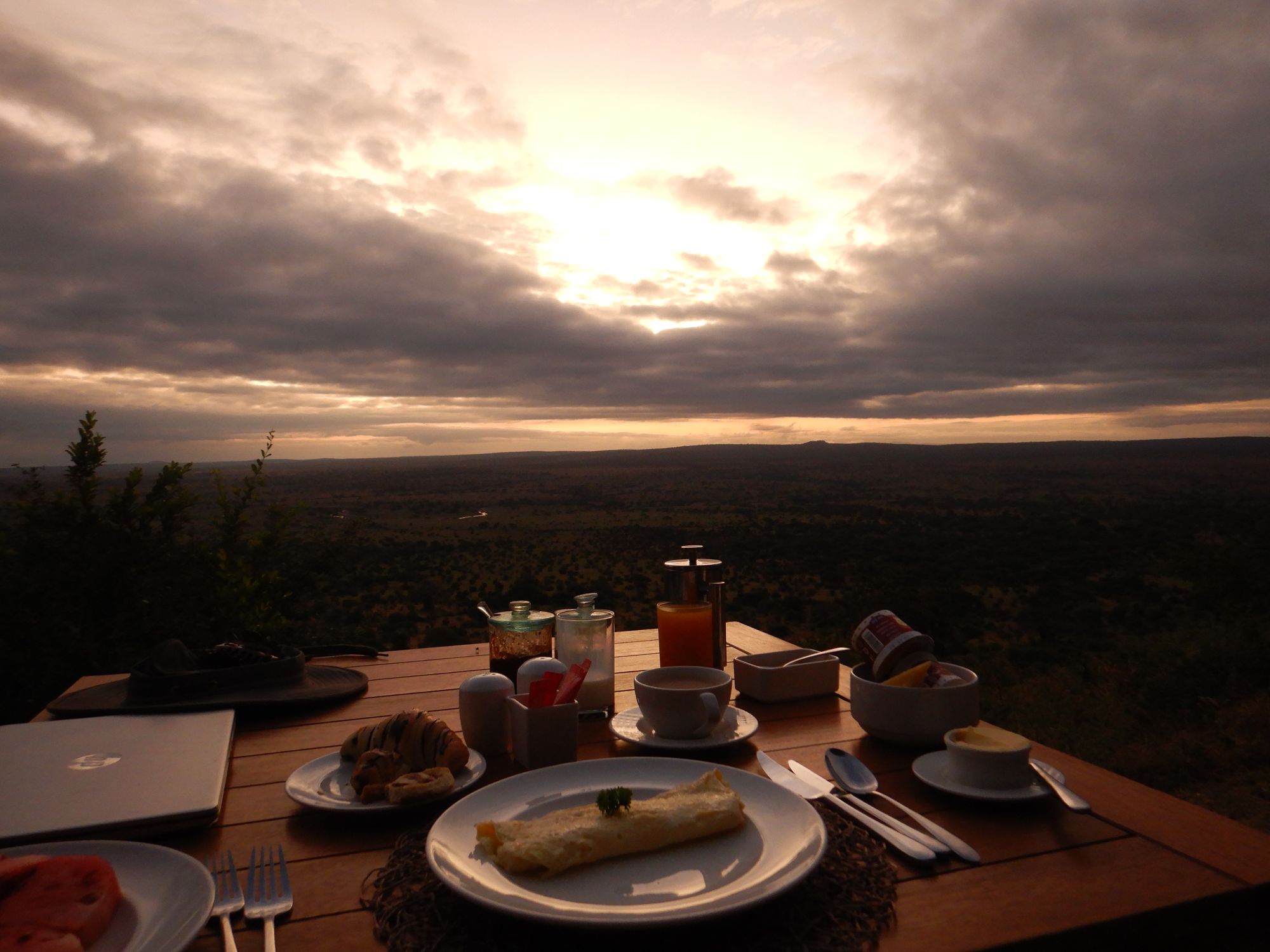
Always bring your prescriptions in your carryon, as well as a list of them in case one or more goes missing. Always make copies of your credit cards and passport and put them in another spot away from your wallet but not easily accessed.
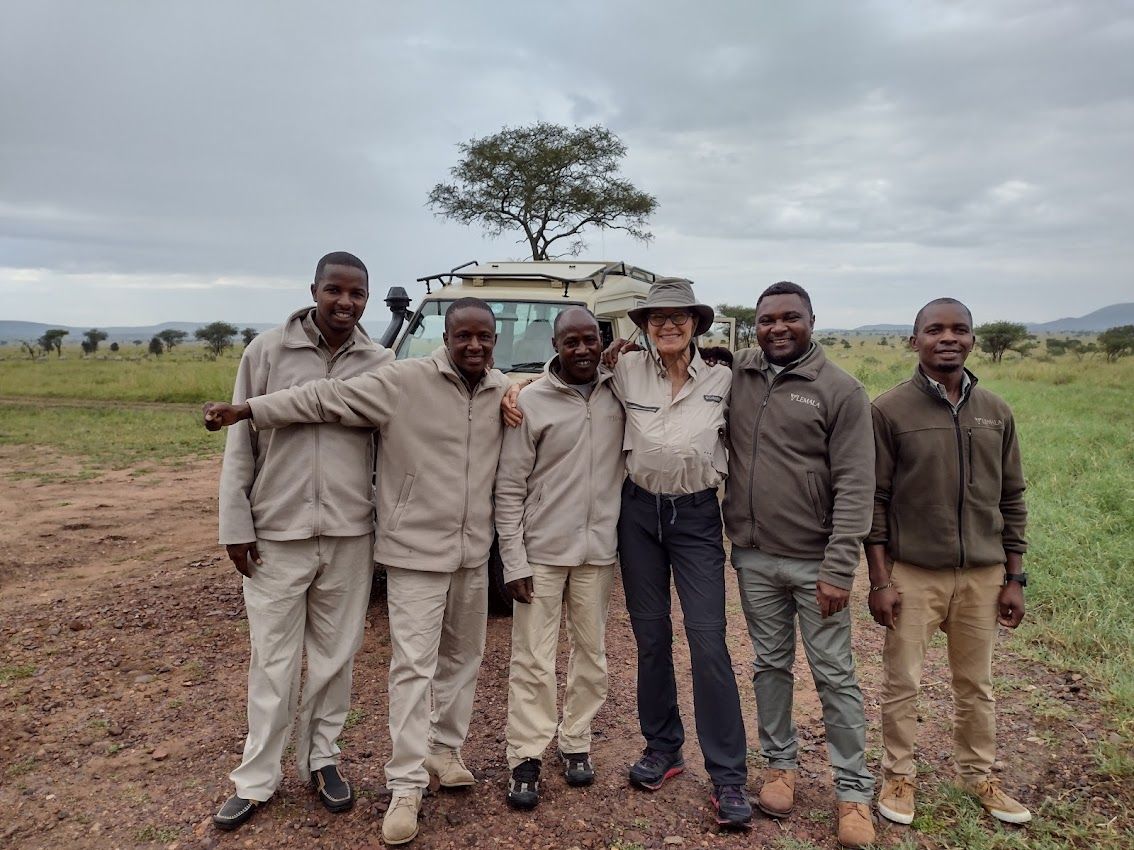
And speaking of a wallet, one more thing. I do not care that I look like I have a very weird shaped chest when I wear a wallet around my neck. I have never had it lifted off my person. Only once, in Amsterdam did a heavily-armored woman demand to know what the hell I had in there. Money, passports, essential paperwork, but to her, I guess a 67 yo woman looked like a threat.
Oh, and one more thing to my one more thing. For some reason I decided to try taping my money to my ankles with duct tape. The TSA folks in Frankfurt decided I was a terrorist, insisted on nearly doing a cavity check, even though I had told them precisely how much I had, they validated that, and of course, there was nothing but nothing dangerous in anything I had with me. That didn't prevent one young man from insisting I had a knife, and wasting forty-five minutes of my time to end up looking like a royal horse's ass in the process.
Ah, the fun of international travel.
But think of the stories. Again, if you have more questions, fire away. Happy to help all I can. Above all, get out there. Get going. Pack up and just GO. This high season is booked crazy, but late fall (our fall) has openings, then it locks back up from December forwards. Then April and May, when I will most likely be back, it opens up again.
When will you be here to take home your amazing stories?
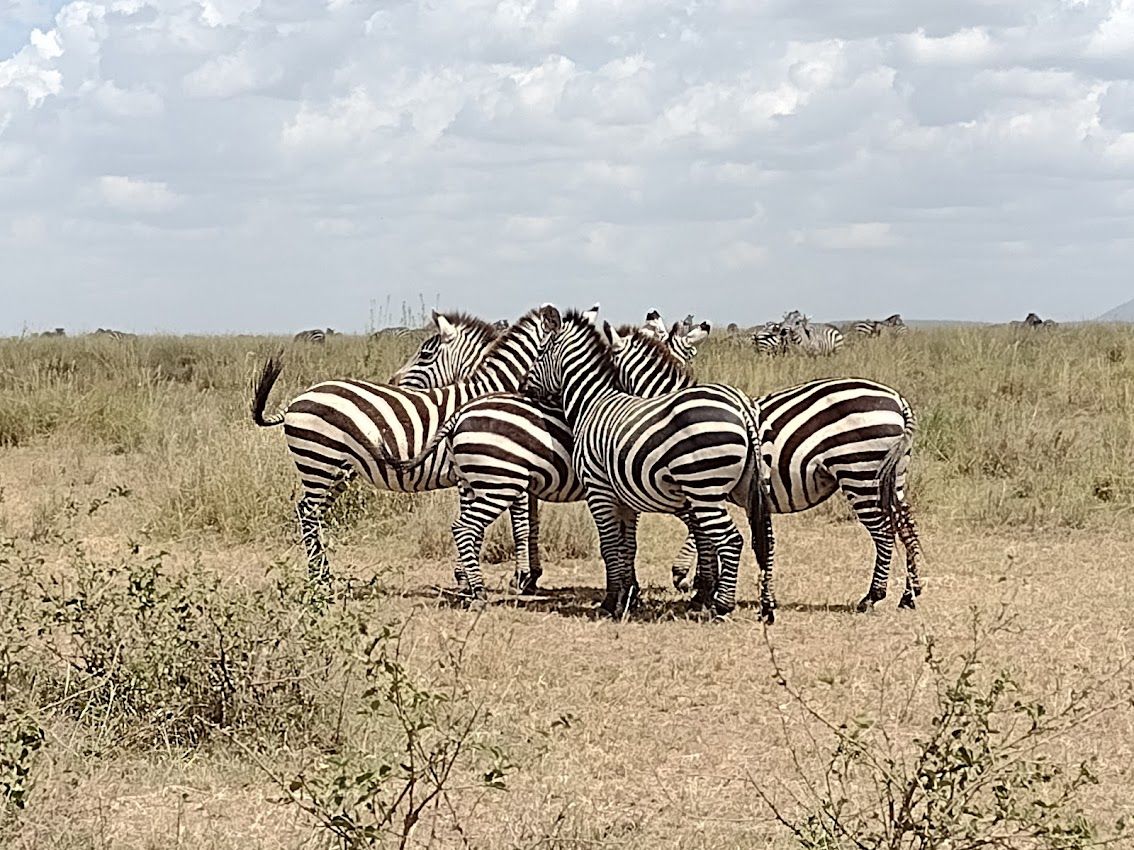
Dear Walkabout Saga Reader:
If my work appeals to you, may I kindly invite you to consider joining those Patreon supporters whose generosity keeps the gas in my tank as it were. Those supporters get to dictate my content calendar, we engage as a community, and this website and its content acts in service to our collective best selves.
You can explore that option here.
However you decide to partake of my writing, thank you.
Comments powered by Talkyard.